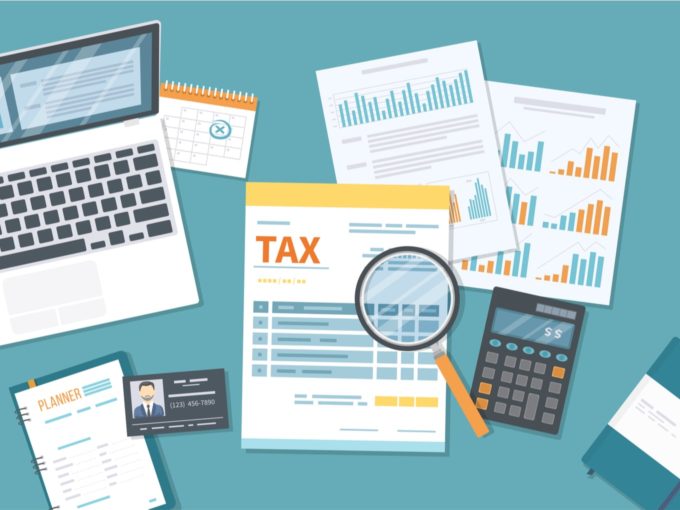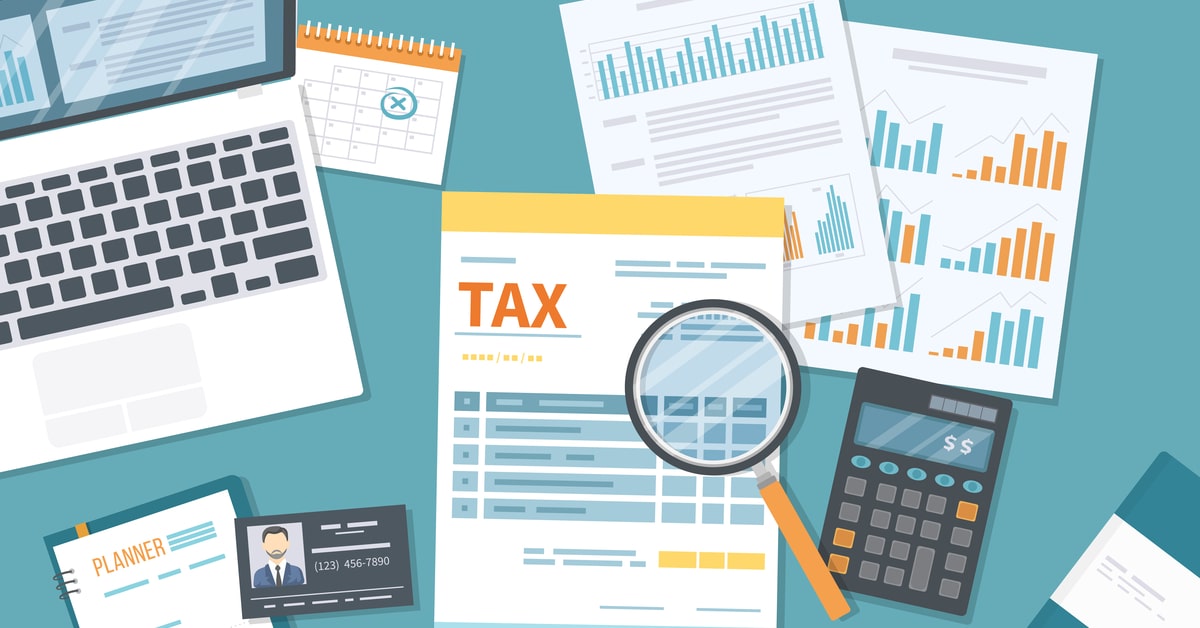Digitisation of tax payments have helped promote ease of doing business in India and will help improve tax administration further
This end-to-end digitized process on unified platforms ensures businesses get clear visibility into the amount of tax to be paid
Easy to use digital tools available for businesses and Big Data pushedIndian businesses to gain freedom from tedious manual tax payment process through unfriendly measures and make timely tax payments

Digitization has now penetrated deep amongst Indian establishments, with even small and micro businesses using digital tools for convenience. In fact, India made it to the top list for real time transactions in 2020 with 25.5 Bn transactions according to the recent report by ACI Worldwide
One of the recent greatest examples of digitisation we witnessed was the revenue collections of Goods and service tax (GST) touching an all-time high in March 2021, with the government collecting nearly INR 1.24 lakh Cr. The collections were 27% higher in March 2021 as compared to March 2020 while the Direct tax collections were up by 5% which exceeded the revised estimates in Budget 2021.
There are certain factors that contributed heavily to these improved collections during the pandemic year. Easy to use digital tools available for businesses and Big Data pushed our country’s businesses to gain freedom from tedious manual tax payment process through unfriendly measures and make timely tax payments.
How Did Digitisation Tools For Tax Payments Help?
Before the introduction of digital tools and platforms, businesses had to use multiple portals, tools, GSTins, etc. to make these payments; making it a heavily time-consume with immense efforts put in by numerous employees. However, since fintech companies such as ours came into the limelight and offered a single platform for all business and tax payments; the process became exceedingly easy as these payments were made on a single platform used by one employee with commercial cards as a mode of payment. This led to seamless payments being made thereby minimizing their efforts and expenditure: while conserving on their cash reserves.
Additionally, GST Portals and payment platforms capture all invoice data (which includes a business’s Purchase and Sales records), along with Bank Accounts linked to PAN; making Accounting Packages a back-end tool for front-end Procure to Pay functions. This end-to-end digitized process on unified platforms such as ours helps in keeping all financial and accounting documents digital, a clean reference trail for Audits, 3-way matching of documents; ensures businesses get clear visibility into the amount of tax to be paid.
Users such as customers, vendors, distributors, banking partners etc. can seamlessly get access to the Procure to Pay Platform with back-end integration with the ERP/Accounting Package; thus, ensuring all functional departments of establishments work only in a unified seamless manner with detailed transactions history being automatically captured. This results in ‘Ease of doing Business’ by several notches and eliminates needless duplication and endless paperwork.
How Is Big Data Helping?
With all the data being captured in the platform, the platform can assist the business to capture forecast future cashflows, project customer and vendor capabilities and behavior, real-time tax planning, undertake seamless real time audits without getting into a detailed post year end activity etc. by applying ML and AI tools provided by the platform. Highly secure procure to pay platforms also ensure that Audit Trails become a core deliverable of the platform thus making it easy for the enterprise to handle robustly both internal and external requirements.
In addition to providing a virtual management tool to the business, digitisation furthers the cause of better tax administration too as human intervention in tax collection and assessee interaction can be further minimized if not eliminated altogether.
Conclusion
A tax administration that does not instill fear in the mind of Taxpayers and Citizens and still have robust tax collection is the ultimate goal of any nation society. Is it Utopia? I don’t think so. With technology and digitization in overdrive in the last few years, it is possible and desirable to have a zero touch tax administration without compromising on collection. A reasonable tax rate regime coupled with zero physical interaction with the Taxpayer will in my view result in a very healthy & robust tax collection. With the rich data that is available with the authorities through GST, Digital payments, Aadhar, PAN etc., the Tax Regime does not need physical surveys, taxmen visit etc. to beef up its collection. In fact, it may actually be counter-productive and result in lower collections.
Where technology can seamlessly perform the function, there is no need to bring in the human element and the resulting uncertainty and fear. Most Taxpayers pay their taxes honestly and it is time to frame laws and make rules keeping them in mind. For the finance ministry’s monitoring requirements, data and digitisation will be effective tools to minimize tax leakages.










